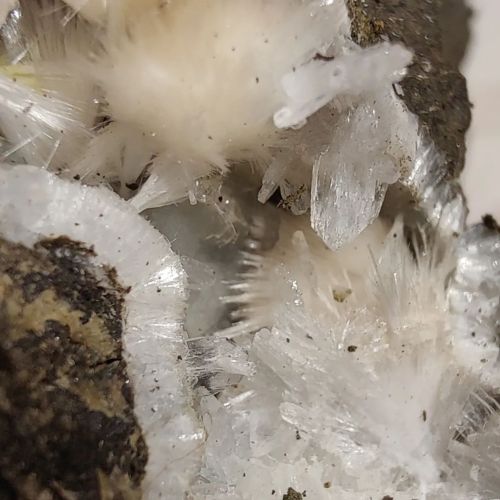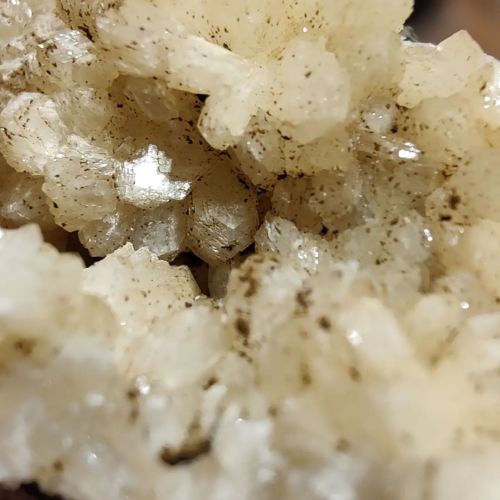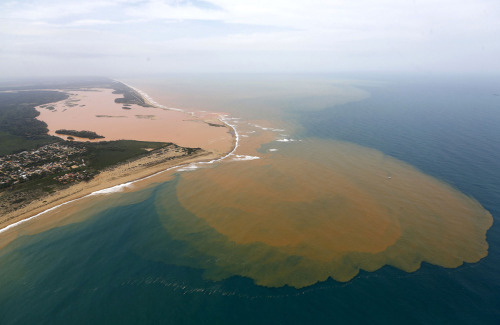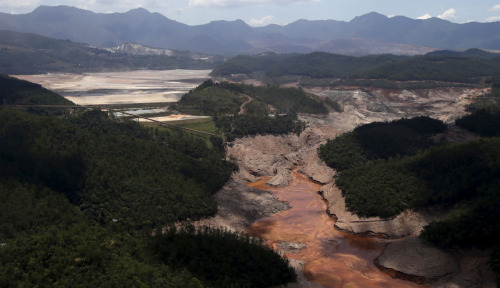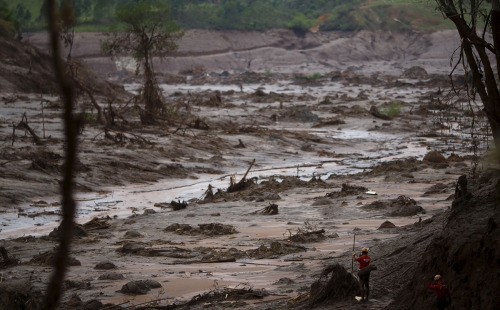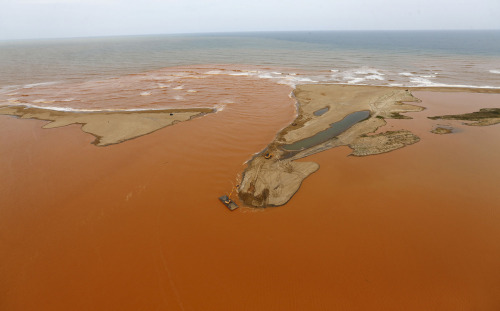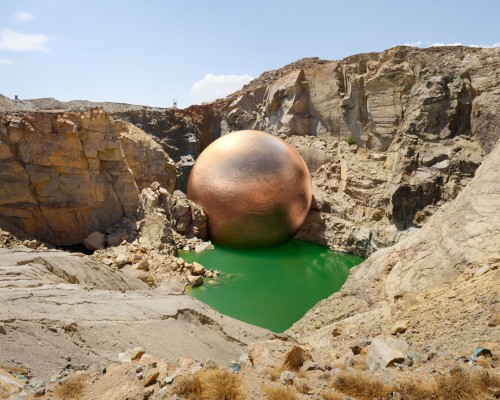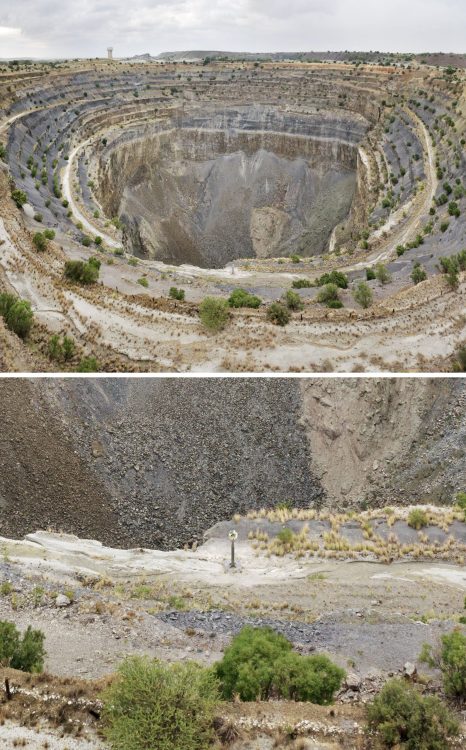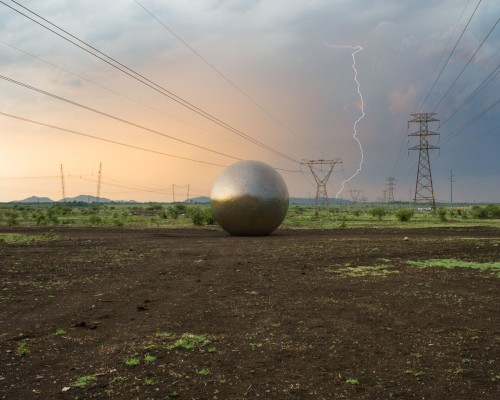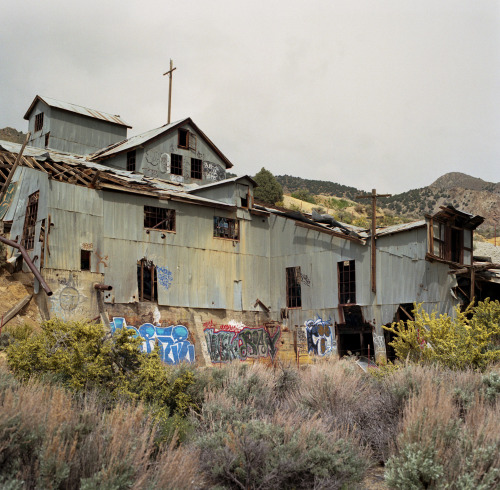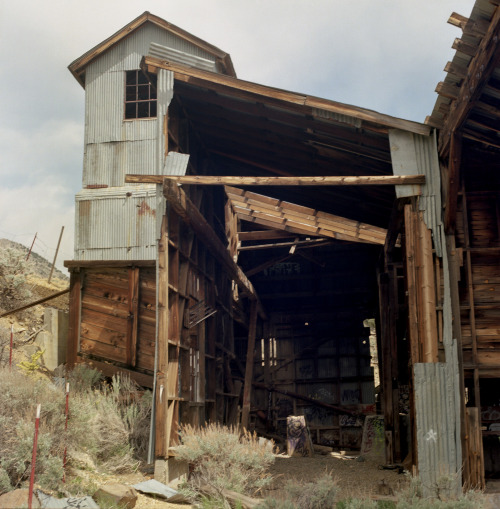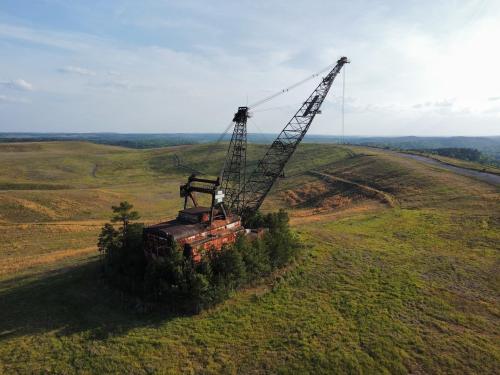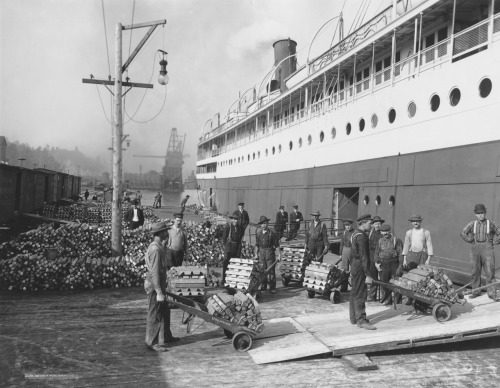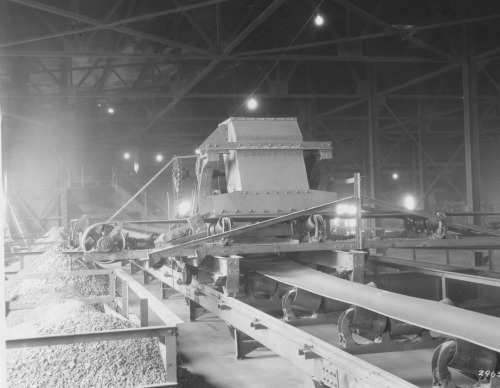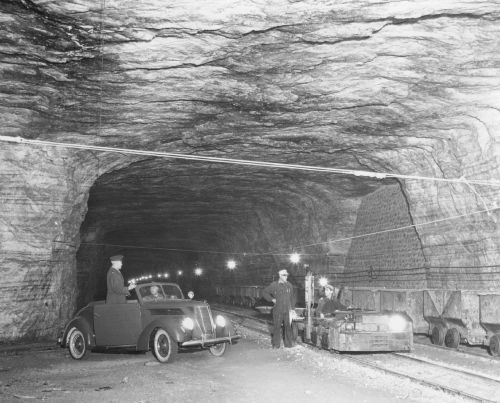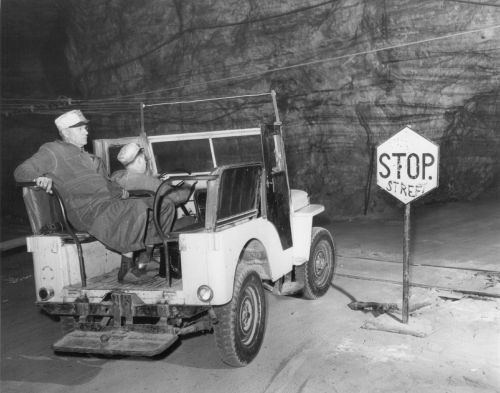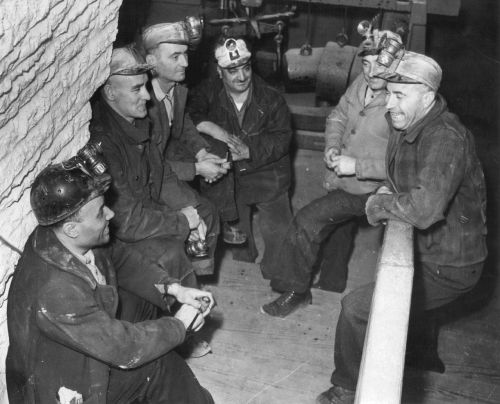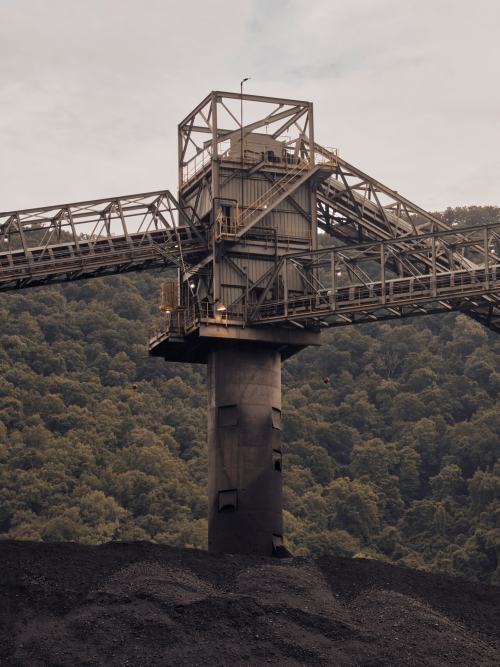#mining
Here’s some of the crazy little pockets of zeolites and calcite from the same host rock as my last post. I especially love the clusters of single, clear stilbite crystals against the stark black background of druzy covered matrix. I’m not sure what all the other zeolites are, but I heard thompsonite and likely scolecite and/or mordenite are present, among others. Spot shown to me by @pnw_rocktography, dug with him and @unearthed.minerals many weeks ago
#rock #rocks #silica #rockhounding #oregon #rockhound #geology #crystal #crystals #calcite #zeolite #zeolites #mineral #minerals #collection #earth #geo #nature #pnw #pacificnorthwest #mining #digging #thompsonite #stilbite #scolecite #mordenite #hydratedsilica #micromineral #clackamascounty (at Carnelian Coffee)
https://www.instagram.com/p/CeNJy14Lx4c/?igshid=NGJjMDIxMWI=
Post link
Golden stilbite and associated clay minerals from a local Clackamas County spot along the Willamette River collected months ago with @pnw_rocktography and @unearthed.minerals. These pockets are nice, but the really cool and scary looking material comes in smaller pockets in the same host rock, as this stuff is riddled with wildly varying formations, minerals and colors. I’ll post them here imminently as I play catch up on the last few collecting trips.
#rock #rocks #silica #rockhounding #oregon #rockhound #geology #agate #agates #quartz #crystal #crystals #calcite #zeolite #zeolites #mineral #minerals #collection #earth #geo #nature #pnw #pacificnorthwest #mining #digging #stilbite #smectite #clay #clackamascounty #willametteriver (at New Era Computers)
https://www.instagram.com/p/CeMeEGFvK0b/?igshid=NGJjMDIxMWI=
Post link



Giant Mushroom Forest
Project Lead: Theoreticalmegan





Mining themed spawn area.
Project lead: Me
It’s important to understand that the dApp’s Baked Beans Miner smart contract acts as a locked staking rewards pool for the cash that users put into it. Up to 8% of your invested money will be paid out each day.
You can visit the platform using my link below.
https://bakedbeans.io?ref=0x244D6DD927d7e93C10091f257cF6178501bF5DaF

Don’t forget to “Eat Your Beans” and take advantage of your benefits every day.“Rebake your Beans” — increase the return on your capital.Smart contracts have a fantastic method for penalizing frequent withdrawals and rewarding compounding / reinvestment of daily benefits.
In order to ensure the lifetime of the procedure and maximize your daily reward rate, the whitepaper recommends that you perform a 6-day Rebake-1-Day-Eat Cycle once a week to maintain a reward rate of up to 8%.
Observe that if the contract’s Total Value Locked (TVL) drops to 2–3 percent, this reward percentage will likewise decline. At this point in time, the contract’s TVL is only rising, while the daily reward remains at 8 percent (May decrease based on the users withdrawal habits).
It currently has 833.117 BNB in its wallet. It returns 8% on a daily basis.This is a simple mechanism that serves only one purpose: staking BNB tokens.
Constantly monitoring the pool condition to estimate how much longer the stakes can continue is an effective method of taking calculated risks.It’s a good idea for Matic Staker to have a free airdrop in April to deter investors from leaving the pool before the airdrop.
This is the Piggy Bank Machine team’s layer-3 platform, and they are working on a layer-4 platform that could assist protect their other projects.Before investing in high-risk projects with the potential for big payoff, examine the points I’ve just mentioned.
I sincerely hope you enjoyed reading it. Invest just what you can afford to lose, because the above schemes are all high-risk and provide enticing rewards.
Earlier this month, two dams retaining tons of iron-mining waste near the Brazilian town of Bento Rodrigues burst, releasing 60 million cubic metres of thick, red toxic mud that flattened buildings and trees, smothered the small town, and left twelve dead. The wave of toxic sludge—tested and found to contain high levels of mercury and arsenic, according to a BBC report—then moved downstream, into the Rio Doce, and spent two weeks making its way several hundred miles downstream, finally reaching the Atlantic Ocean. According to Reuters: “Scientists say the sediment, which may contain chemicals used by the mine to reduce iron ore impurities, could alter the course of streams as they harden, reduce oxygen levels in the water and diminish the fertility of riverbanks and farmland where floodwater passed.”
Fromhere
Photos by Ricardo Moraes / Reuters
Post link
“For What It’s Worth”
When Cape Town-based photographer Dillon Marsh learned about the commercial copper mines near Springbok, South Africa, he decided to document the remains of the excavation sites.
“The first of these mines was established in 1852, and back then the digging was done by hand. The extracted copper ore was then transported by ox wagons to the coast 140 kilometers away, and from there, it was shipped to England to be processed,” he tells Colossal.
This curiosity sparked his CGI series titled “For What It’s Worth”, which positions metallic orbs representative of the amount of material extracted within the original mines. The striking juxtapositions are profound visual indictments of how uncovering and selling precious metals like copper, gold, and platinum and stones like diamonds have consistently been prioritized over the health of the land. “My feelings have consistently and rapidly fluctuated between a sense of awe for what was gained and a sense of sadness for what it cost,” Marsh shares.
Framing many of the locations as scars in the earth, the images show 4.1 million tons of copper semi-buried in the steep gash of the Palabora Mine and 335 million troy ounces resting on the now-converted Free State Gold Field. The 7.6 million carats of diamonds pulled from Koffiefontein is so minuscule in comparison to the gaping hole required to obtain it that it’s barely visible without magnification.
Dillon Marshall photography
Post link
A new post on my revitalised “Treasure Maps” Blog.

Ryan Camp, a historic borate mine high above the Death Valley badlands.
‘Donald Ducks Digger’, a Bucyrus Erie 1300 Walking Dragline
Knob Mine, a former Coal Mine west of Warrior, Alabama, USA
image credit: WaffleFlavoredpncake on Reddit
Post link

Amboy Road, California (May 2016).

Slide in Bingham Canyon Mine
The Bingham Canyon mine in Utah is, by volume, the largest open pit mine in the world. It has produced a huge amount of material, most notably copper, but also silver, gold, and molybdenum – in fact, it accounts for all nearly all of those materials produced in the entire state of Utah. In 2013, the mine suffered a major collapse which interrupted production for about 3 years. On May 31, a smaller portion of the walls of that mine collapsed, as seen in these press photographs.
Some mining activities in the portion of the mine are likely to be disrupted, but the company that operates this mine has for years managed the oversteepened walls of the mine by proactively monitoring the site for motion that could indicate a developing hazard. As was the case in the large slide in 2013, all workers were evacuated from this area before the slide occurred.
-JBB
Image credit: Fox 13
Reference:
https://blogs.agu.org/lan…/2021/06/04/2021-bingham-canyon/
https://www.sltrib.com/…/06/02/another-slide-disrupts/
The Mammoth Coal Processing Plant in London, West Virginia, via this New York Timesarticle. Photo credit Ross Mantle for The New YorkTimes
Post link

